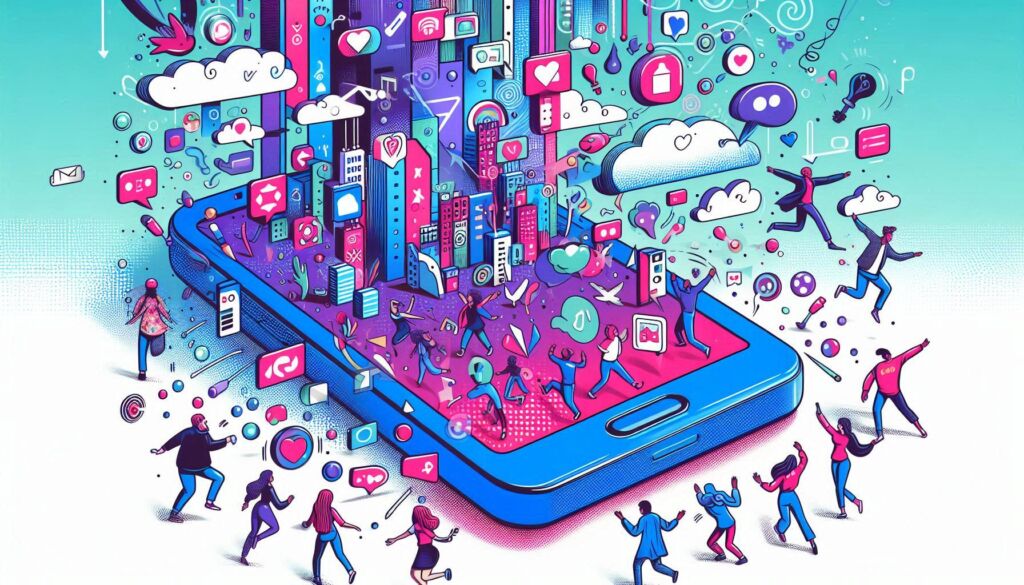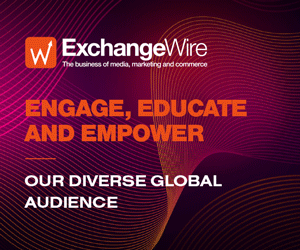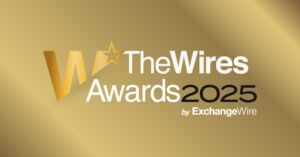The Biggest Opportunities in Social Media: What do Agencies Advise?
by on 24th Nov 2025 in News

What are the biggest opportunities for those advertising on social media at the moment? We gathered insights from experts at agencies across the industry.
Taking advantage of a thriving creator economy
The growth of the creator economy has been huge over the past decade, transforming both the social media space and marketers’ campaign strategies.
The US’ creator economy more than doubled from 2021 to 2024, with the IAB projecting ad spend to reach USD$37bn by the end of this year, a figure rising four times faster than the media industry overall.
To further imagine the scale, calculations from eMarketer conclude that if all US-based creators were to move their brand deals to single, new platform, this would become the fourth-largest platform in the country – based on brand investment, which comes to USD$10.52bn (£8bn).
Looking at the UK, just YouTube creators were responsible for contributing £2.2bn to the country's economy in 2024.
Charlotte Stavrou, founder and CEO of SevenSix Agency, believes that one of the biggest opportunities right now is the creator economy’s professionalisation. “Creators are not just making content; they are running businesses, and brands are finally recognising the value of that.” For Stavou, the most exciting part of this is “the shift towards treating creators as strategic partners rather than just content suppliers.”
Creators are becoming such an integral part of so many brands’ marketing strategies that we’ve recently seen a surge in pricing: over the summer, many reported creators having doubled their prices from 2024 due to growing demand.
Is it worth the investment? According to Stavrou, long-term collaboration with creators can be a ticket to success. “The brands winning right now are those who build long-term partnerships and respect that creators bring not just content but access, direct relationships with audiences that cannot be replicated by AI or traditional paid media,” she said.
It’s all about content
As advertisers fight over consumers’ waning attention, it increasingly comes back to effective creative. Sasha Jeppesen, head of content and creative at Charlie Oscar, stated: “Social targeting used to be about who you reach. Today, it’s increasingly about how you reach your audience – this is driven by the creative.”
It’s all about using effective creative that users actually want to see. But what actually makes a good creative?
Jeppesen expanded on this: “A good creative isn’t just what looks good, it’s what works across the full funnel, the formats, and taps into culture. Social that not only captures attention, but drives business growth and sales, is moving away from the saccharine images selling FOMO lifestyles or stylish product shots trying to communicate USPs.”
Leaning into video almost goes without saying. Video has been king on social media for many years now, spurred by the boom of TikTok. Now, half of all time spent on Instagram can be attributed to users watching Reels. Yet, brands should be wary of creating what Alyssa Drysdale, managing director at Spin, refers to as “just another throwaway Reel”.
How can brands go beyond this? Drysdale suggests long-form, serialised content. This can work particularly well on YouTube. She pointed out that “audiences want consistency and depth”. Drysdale also made the case that long-form serialised content can “open the door to more meaningful, long-term collaborations with creators, where brands support them from the ground up rather than chasing quick wins.”
Elsewhere, Jeppesen elaborated on the opportunity of employee-generated content (EGC). She described how brands are learning into EGC to deliver strategically sharp and culturally relevant campaigns. She listed some examples: “Think M&S, Sheer Luxe, and Drinksult.”
Why is EGC so effective? “Their creators are their people – the ones who live, breathe and love their brand. We love the work authentic in marketing – and that’s what EGC creative is. It’s neither bland or banal, it’s quirky, awkward, and culturally relevant,” Jeppesen explained.
Diversifying platforms
When it comes to social media, many brands stick to the biggest walled gardens, namely Meta’s platforms and TikTok. Although there’s nothing wrong with this, brands who do this are likely missing out on opportunities elsewhere.
On our podcast a few weeks ago, Webtopia’s Daniel Sichel expanded on the opportunities surrounding content reviews on Reddit, which the platform “has in abundance”. He commented: “The power of being able to serve ads in an environment where you’re getting validation from real users that a product is actually a really good product, is immense. And very few other platforms have that. Meta won’t have that.”
The latest revenue figures released by the platform demonstrate its growing popularity among advertisers. Jen Wong, the social giant’s COO, recently reported that its ad business was pulling in a broader range of clients. Its active advertiser base rose by more than 75% in the third quarter, signalling that more advertisers are branching out from the few biggest platforms and diversifying their social media mix.
Successful social strategies for 2026
With this year soon drawing to a close and marketers preparing to finalise their 2026 strategies, what should be kept front of mind? First, the importance of good creative. Content that taps into culture, while working across the funnel. Exploring the opportunity of content such as long-form serialised videos to bring consistency and depth to campaigns, or trialling employee-generated content.
Alongside a focus on creating quality content, consider how to make the most of the creator economy, and ways influencers could be woven into strategy, if relevant.
Plus, embrace different platforms: there’s more out there than just Meta and TikTok.
Ad SpendCreator economyInfluencerSocial Media










Follow ExchangeWire